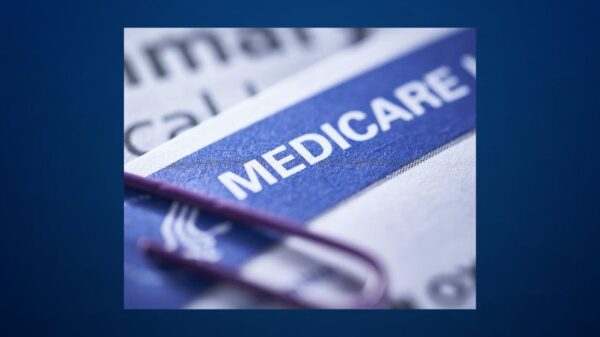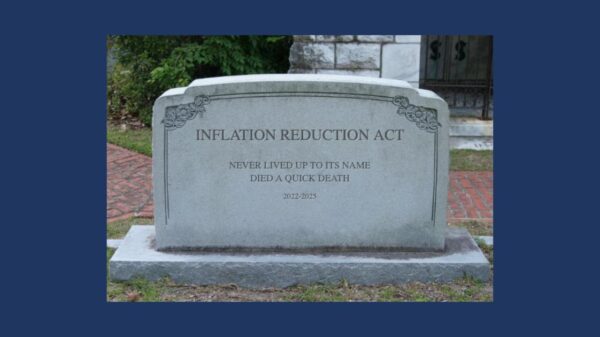With inflation numbers hitting consumers at the highest rate in 40 years, the Biden administration is looking for campaign issues to help Democrats in November, including the federal deficit.
After $5.5 trillion of COVID spending from the Trump administration and another $4.5 trillion under President Joe Biden, the White House is noting that the federal deficit for this year is projected to decline by about $1.5 trillion.
“We’re on track to cut the federal deficit by another $1.5 trillion by the end of this fiscal year, the biggest decline in a single year in American history,” said Biden
The White House economic team claimed the reason why the deficit is dropping is because of Biden’s stimulus plan.
But critics insist there is more to it
“What you’re hearing from the White House is complete garbage,” said David Williams, the president of the Taxpayers Protection Alliance.
Williams pointed out that under former President Donald Trump, trillions were spent dealing with the pandemic and most of the programs supported by those funds are about to expire–which explains the lower projections on the deficit.
“It’s just incredible. Biden comes into office with the biggest spending agenda, more liberal programs, than that of FDR or LBJ and now he wants to come across as a deficit hawk? Nobody’s buying this,” said Williams.
The Center on Budget and Policy Priorities, a liberal group, also noted that the declining deficit under Biden was because of expiring COVID programs.
Marc Goldwein with the Committee for a Responsible Federal Budget said that Biden’s claims about his policies reducing the deficit are fit for an “almost bizarro world” and are “a reversal of reality.”
“The deficit would have fallen by much more had President Biden come to office and not done anything,” said Goldwein.
Williams said that if Biden would have overseen trillions being added to the deficit if original plans for the “Build Back Better” plan had been enacted.
The administration said the president’s spending proposal was only $1.75 trillion, but the Congressional Budget Office estimated its costs at around $4.73 trillion if the programs were permanent.





















